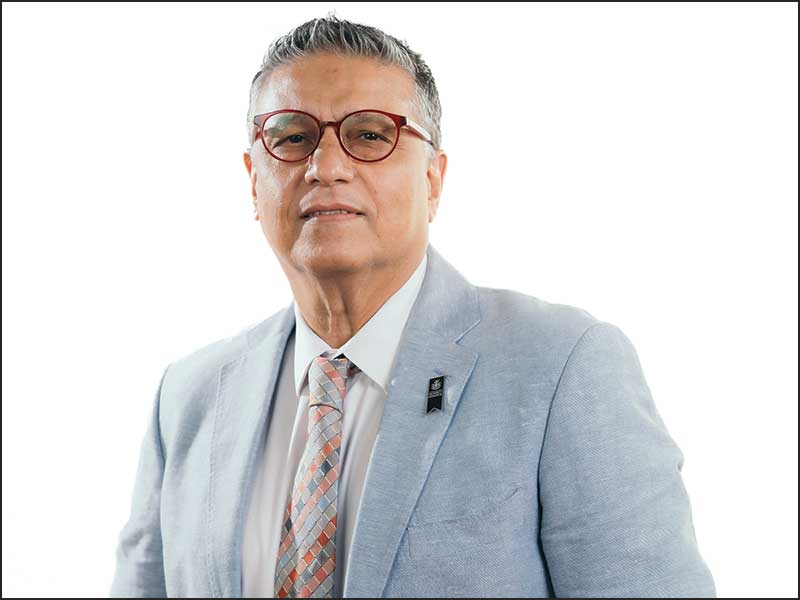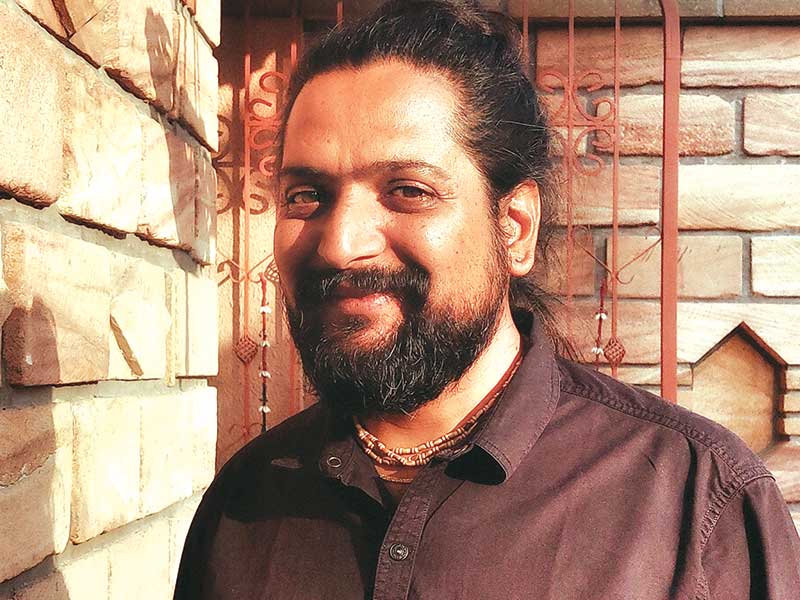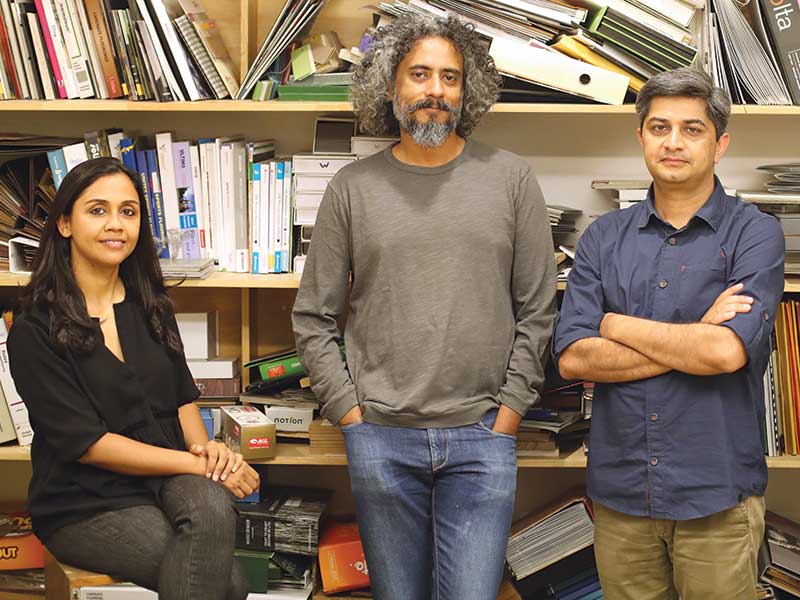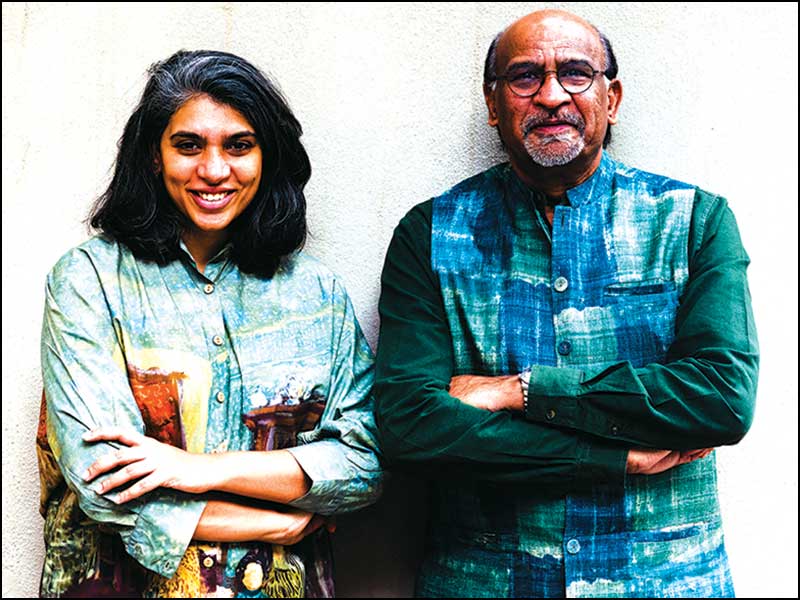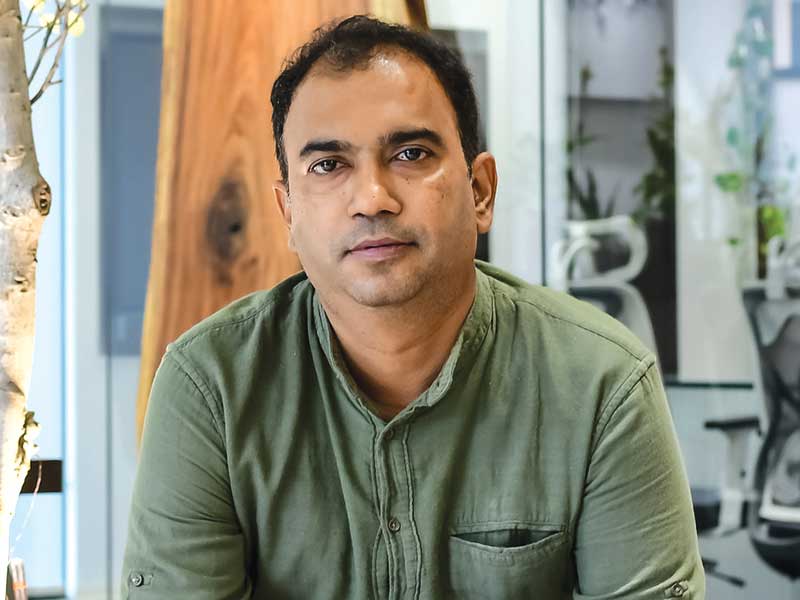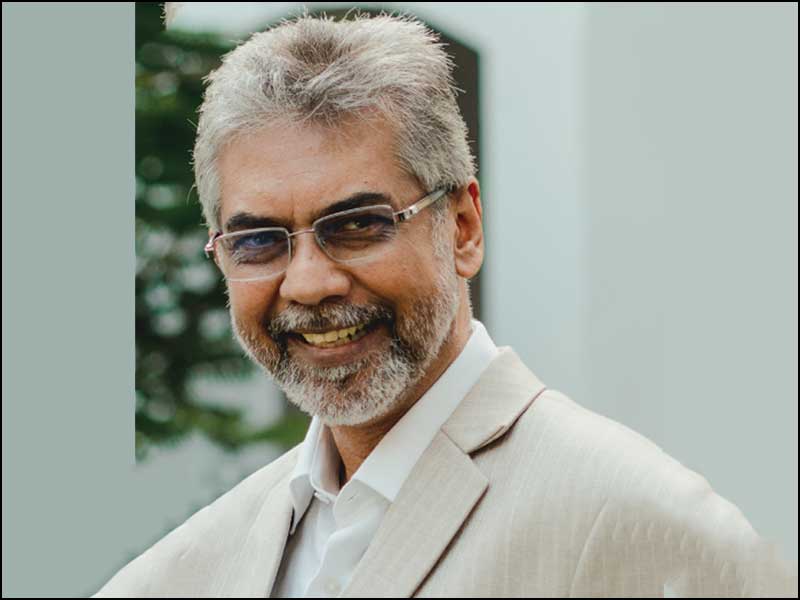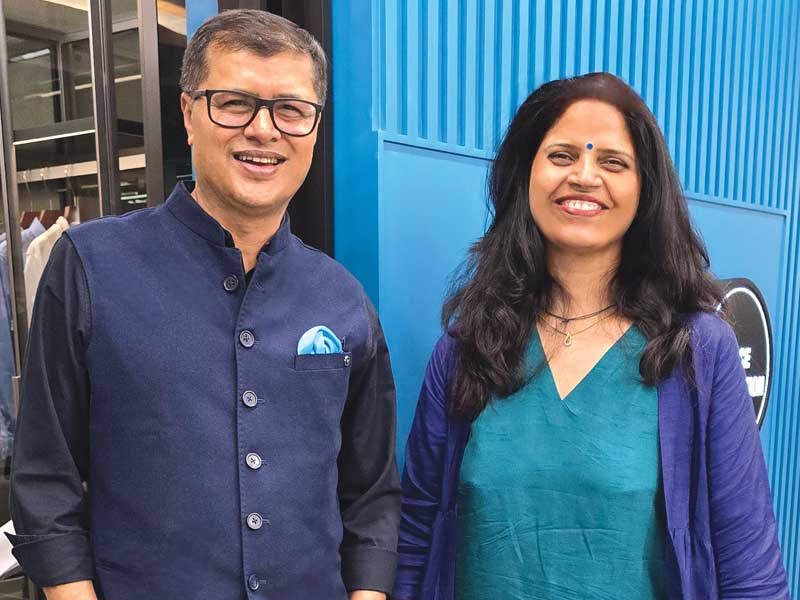
Globalisation has provided greater availability of materials, faster trade of products and technology, which is consistently being developed to provide ease of use and acceptance at a local level. So, we see that there is a greater convenience in the craft of spaces and buildings. Today, we are able to accommodate greater climatic, economic and social constraints and incorporate futuristic visions of communities to create neoteric environments that are deeply rooted in the local culture, but, at the same time, portray a global outlook and trend.

Software like BIM, Rhino, etc, are quite fluidic in terms of form development, and improve the thinking process by integrating it with larger aspects of building automation and services. So, we are not designing on the basis of idiosyncratic ideologies, but carefully evaluating situation on site, and crafting a response well suited to the context. With the possibility to understand parametric systems, that weren’t possible earlier, there is greater scope of exploring building shells, interiors and even surfaces from a new dimension and in a fresh form, which hasn’t been experienced by humans so far. Not only on the design level, BIM is also a construction tool that rectifies possible conflicts before construction and helps manage the entire process on site to aid the visualisation and fabrication of the most complex systems.

Today, people are more conscious about material conservation and utilization, compared to the past century. There is great focus on reducing energy consumption and reviving the health of our urban spaces and places. With this aim in mind, there is a push to come back to traditional materials and to enhance their capabilities with technological solutions to make them more resilient for modern use. These materials are being reinterpreted in new ways to produce environments that are psychologically and emotionally productive, at the same time explore variations in tactility and texture.
India has abundant labour, so seeing the current situation in our country, systems such as prefab, drywall, etc are not going to create a large impact. It will take a long time to adapt to such changes and to see their place in common projects and grassroots. Most of our construction processes are labour intensive and generally employ unskilled labour for delivering the structure, and at a cheap cost. Employing pre-engineered systems need an improved dedicated network and infrastructure on a public scale, which is slower to develop. It will, however, continue to grow and develop and increase its market share steadily.
 Strata, a residence in Bengaluru
Strata, a residence in BengaluruOur spaces, by use of technology, are becoming smarter and receptive to our needs.
Looking at the latest developments such as internet of things, we see that our spaces are continuously, by use of technology, becoming smarter and receptive to our needs. There is a great effort to superimpose this digital infrastructure onto the physical one to bring our spaces forth to our conscious reality once more. This demands a reinterpretation of use of space and places and social function relegated by architecture. Therefore, we will be looking at greater issues of environmental sustenance, landscape conservation, cultural inclusion etc. merging with building forms, performance, visualisation and automation.

